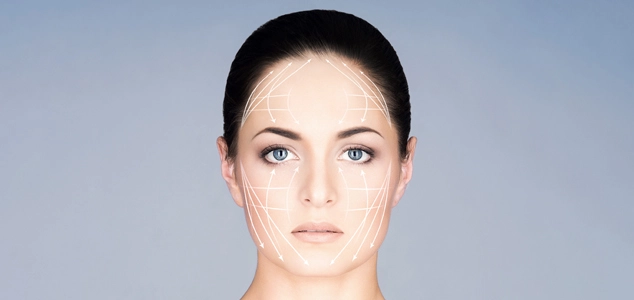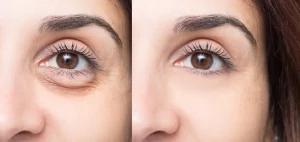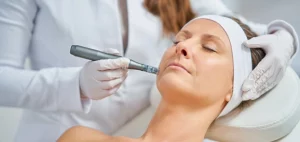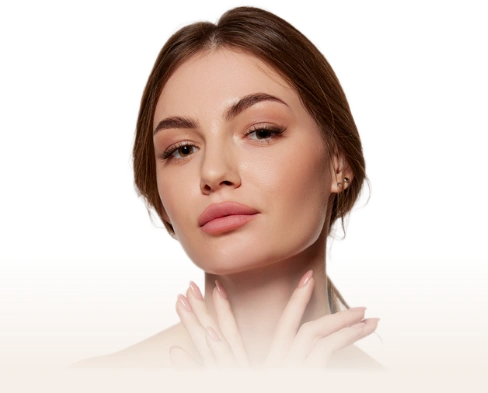Around 7 million people get botox treatment every year, mainly to treat their facial wrinkles. For anyone who’s looking for effective and non-invasive cosmetic treatment to get rid of their fine lines and wrinkles, Botox is the perfect solution.
But before you choose to opt for this excessively popular treatment, there are several factors that need to be considered such as what Botox is useful for, longevity, and the treatment areas Botox can treat.
What is Botox?
Botox, short for Botulinum Toxin injections, is a potent neurotoxin derived from Clostridium botulinum bacteria. By disrupting the release of acetylcholine, a neurotransmitter vital for muscle contractions, it disrupts nerve signals in targeted muscles.
This results in the relaxation and softening of wrinkles, commonly applied to areas like the forehead, crow’s feet, and frown lines. However, its efficacy extends to any region with unwanted lines from repetitive muscle movements.
Why is Botox so Popular?
Botox is popular for its rapid results and short recovery time in diminishing wrinkles. Within days, skin tightens, and prominent lines diminish. Its popularity lies in its non-invasive nature, allowing individuals to steer clear of risks associated with surgical procedures. Ultimately, users have the power to determine the extent of their desired transformation.
Botox Areas on Face
Forehead Lines:
These horizontal creases become apparent when you raise your eyebrows. Botox treatment relaxes the underlying muscles, diminishing the appearance of these lines.
Frown Lines (Glabellar Lines):
These are the vertical lines that form between the eyebrows when you frown. Botox injections can effectively smooth these lines, making them less noticeable.
Crow’s Feet:
These are the fine lines that extend from the outer corners of the eyes, often accentuated during smiling or laughing. Botox can effectively minimize the appearance of these wrinkles.
Bunny Lines:
These wrinkles appear on the sides of the nose when you smile or laugh. Botox treatment can reduce the prominence of these lines.
Gummy Smile:
When smiling, some individuals expose a significant portion of their gums due to excessive elevation of the upper lip. Botox injections can lower the upper lip, reducing the visibility of the gums.
Dimpled Chin (Cobblestone Chin):
Certain individuals have a chin with dimples or bumps. Botox can relax the muscles in this area, resulting in a smoother appearance.
Lip Lines (Smoker’s Lines):
These fine lines around the mouth are often attributed to aging, smoking, or frequent straw use. Botox can help to diminish the appearance of these lines.
Downward Smile:
Botox injections can weaken the muscles responsible for pulling down the corners of the mouth, thus correcting a downward-looking smile.
Botox Areas Other than Face
Neck Bands (Platysmal Bands):
These vertical bands become more noticeable on the neck with age. Botox injections can soften these bands, making them less conspicuous.
Underarm sweating (hyperhidrosis):
Excessive sweating in the underarm area, often causing discomfort and embarrassment, can be treated with Botox injections to inhibit sweat gland activity.
Migraine headaches:
Recurring headaches with nausea, vomiting, and sensitivity to light and sound, can be relieved with Botox injections targeting specific trigger points.
Conclusion
For further information on Botox treatment or to schedule a consultation with our experts, reach out to our med spas located in West Village, NYC, or Forest Hills, Queens.
Dr. Syra will offer a brief overview and recommend suitable treatment options tailored to your needs. Secure your appointment today!

About The Author
Dr. Syra Hanif M.D.
Board Certified Primary Care Physician
Dr. Hanif is the Director of Aesthetic Medicine. She is a board-certified physician in Aesthetic Medicine who specializes in using non-surgical alternatives in order to enhance one's appearance through Botox and fillers.
Read More











